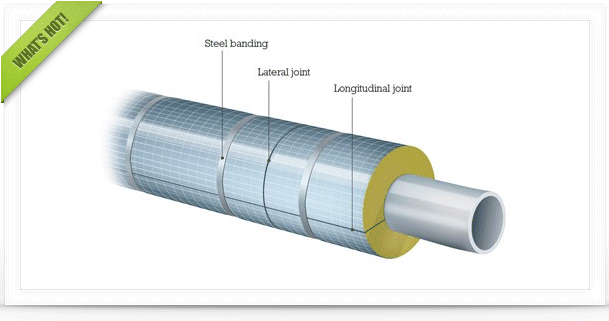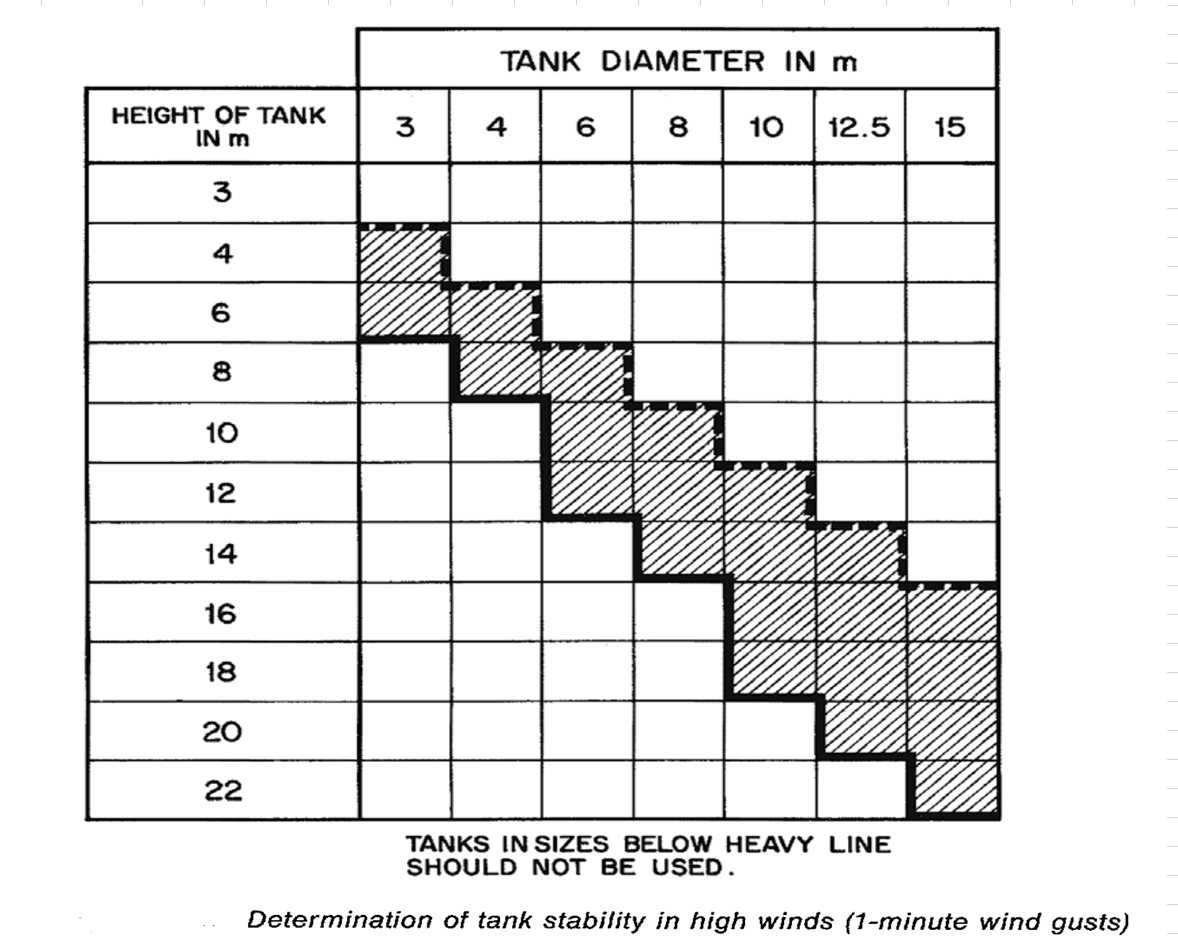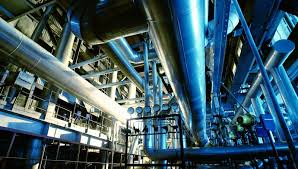|
|
Storage Tank Requirements- Vapour Losses
#1

Posted 02 March 2010 - 11:10 AM
#2

Posted 03 March 2010 - 11:46 AM
1. Nelson (Petroleum Pefinery Engineering, 4th ed, MgGraw-Hill 1958, p. 272, Fig 8-7) recommends:..In the UK, where can I find the legislation that sets out what type of tank or vapour control you require for oil storage tanks? I mean the requirement to have a fixed roof tank / internal floating roof / external floating roof, etc. I have heard of the US EPA legislation, but I haven't found any legislation in the UK.
-Fixed roof tanks for max vapor pressures up to
-Floating roof tanks for max vapor pressures up to 11 psia
-Balloons (?) for max vapor pressure up to 13.5 psia
-Vertical cylinders with dome ends (or spherical shapes) for max vapor pressures up to 19 psia.
There are more data on Fig 8-7 and limits are not cut clear (neither shown cut clearly on Fig 8-7). We consider max vapor pressure (i.e. at max operating temperature) 13 psia as the limit for floating roof tanks (not 11 psia).
-I have heard that internal floating roof tanks are floating roof tanks with a fixed roof above, even though it is usually hemispherical, not conical. So limit of floating roof tanks must be applicable.
2. Greek Ministerial Decree 846/B/31-12-90 (apparently influenced by EU legislation) specifies conditions for safe operation of Refineries and rest industrial Units. Among others, it recommends floating roof storage for petroleum products of flash point lower than (apparently maximum) ambient temperature; and fixed storage for petroleum products of flash point higher than (apparently maximum) ambient temperature. Additional specific info was not found, except that crude should be stored in floating roof tanks. Only in case of nitrogen blnketing and of tank diameter&--#60;45 m can crude be stored in fixed roof tanks, after obtaining approval from Authorities.
3. Relevant English legislation may be same, or probably more detailed and specific (as concluded from recommendations issued by English Health Safety & Environment "Executive" on safety matters). I am not aware of it, but hopefully above gives a general idea. Recent trend is for minimizing hydrocarbon emissions to ambient air, and this can affect tank selection (apart for breathing vents, etc).
Editing note, 15 Apr 2012: Value corrected to 5.2 kPa = 0.75 psia, after http://www.cheresour...nk-sizing-type/, post by go-fish. Nelso's diagram unclear in this point.
Edited by kkala, 15 April 2012 - 08:09 AM.
#3

Posted 07 March 2010 - 01:40 AM
Hi. I was wondering if someone could give me a hand. In the UK, where can I find the legislation that sets out what type of tank or vapour control you require for oil storage tanks? I mean the requirement to have a fixed roof tank / internal floating roof / external floating roof, etc. I have heard of the US EPA legislation, but I haven't found any legislation in the UK. any help greatly appreciated.
areads,
I googled and found a link which could give you a start in getting more detailed information regarding your query. The other links & connections on this web site should further guide you.
http://www.oilandgas...co.uk/index.htm
Hope this helps.
Regards,
Ankur.
#4

Posted 11 March 2010 - 06:17 AM
Similar Topics
Phosphoric Acid 56% Tank LiningStarted by Guest_Phosphoric123_* , 20 Apr 2025 |
|

|
||
Tank Inlet Diffuser LengthStarted by Guest_RAFAELDAVE_0752_* , 08 Apr 2025 |
|

|
||
Discussion - Predict Storage Tank Heat Transfer Precisely By Jimmy D KStarted by Guest_raj shekhar_* , 25 Mar 2025 |
|

|
||
Tank Filing TimeStarted by Guest_not_mikhail_* , 17 Mar 2025 |
|

|
||
Off Spec Condensate Storage TankStarted by Guest_shekhar dhuri_* , 05 Sep 2013 |
|
|

 FB
FB









